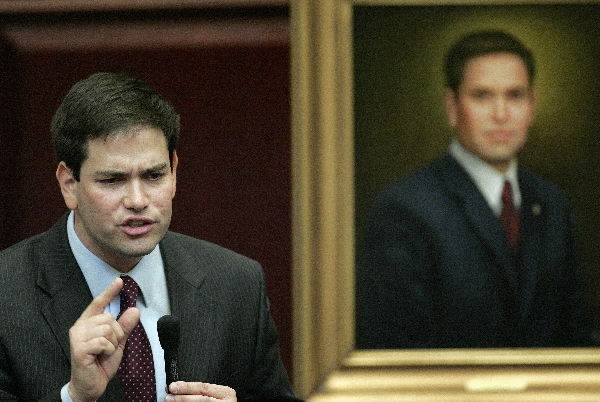By Ralph De La Cruz
Florida Center for Investigative Reporting
Anyone hoping to understand the political geography of Florida should start by flying over the state at night.
You see two Floridas: one as obvious as the bright lights of the urban centers, the other lurking in the vast darkness of rural Florida.
Florida’s cities are full of immigrants. Retirees with liberal northern roots and refugees from the Caribbean and South America. People in a hurry.
And then there’s Old Florida. The rural swaths in central, northwest and northeast Florida full of folks tired of seeing too much change too fast, where Dixie flags and conservatism still fly proudly.
It’s a tug of war as old as our country itself, this political conflict between rural and urban interests.
In Florida, neither side has enough muscle to make things happen on its own. So political success — whether as a state legislator, governor or U.S. senator — requires a grasp of the Two Floridas Dynamic.
And this election was a perfect example.
Democratic gubernatorial candidate Alex Sink won the major metropolitan areas: South Florida (Miami-Dade, Broward and Palm Beach counties), Orlando (Orange and Osceola counties) and Tampa Bay (Hillsborough and Pinellas counties).
You would think anyone who wins those three voter-rich areas would be a lock to win a statewide election. But there was Sink on TV at 10:30 a.m. Wednesday, conceding defeat.
To understand why, scroll over the interactive map and check out the following counties in the western panhandle, that little piece of Florida squeezed between Georgia, Mississippi and the Gulf of Mexico: Walton, Okaloosa, Santa Rosa and Holmes counties.
In an election decided by about 1 percent of votes cast, tea party-backed Republican gubernatorial candidate Rick Scott received 68, 68, 69 and 67 percent, respectively, of the vote in those counties. In northeastern Florida, Scott not only narrowly won Jacksonville but obliterated Sink in the rural areas west of the city, taking an astounding 70 percent of Clay County votes.
And to give you an indication of how tight the Two Floridas Dynamic is, Sink could have still won the governor’s race – if the turnout in Broward and Palm Beach counties hadn’t been lower than normal. Which might explain Scott’s curious decision to give his victory speech in Fort Lauderdale – the seat of a county where Scott lost to Sink 65 percent to 33 percent. By the way, the health care multimillionaire, who spent $73 million of his own money on the campaign, blocked out all of the 589 rooms at the Hilton Marina Hotel.
Newly elected U.S. Sen. Marco Rubio certainly understands the Two Floridas Dynamic.
Tuesday, he won practically every region of the state, except for the Tallahassee area and Palm Beach and Broward counties. But while Rubio collected 49 percent of the statewide vote, he picked up 70 percent in Clay, 72 percent in Walton, 71 percent in Okaloosa, 70 percent in Santa Rosa, and a whopping 74 percent in Holmes.
You couldn’t get 74 percent of people to agree the sun will rise in the east tomorrow morning.
But I’m not surprised by Rubio’s rural success.
I first came across Rubio in 2004, when he was one of a group of Miami-Dade Hispanic Republicans who threw in with mostly rural Republican legislators to take away cost-of-living differentials for schools — a decision that could have potentially cost urban school districts millions in funding. The group of South Florida lawmakers seemed to have inexplicably voted against the interests of their constituents.
Two years later, at age 35, Rubio was elected Speaker of the House by legislators from throughout the state.
You’ve got to know the Two Floridas Dynamic.

